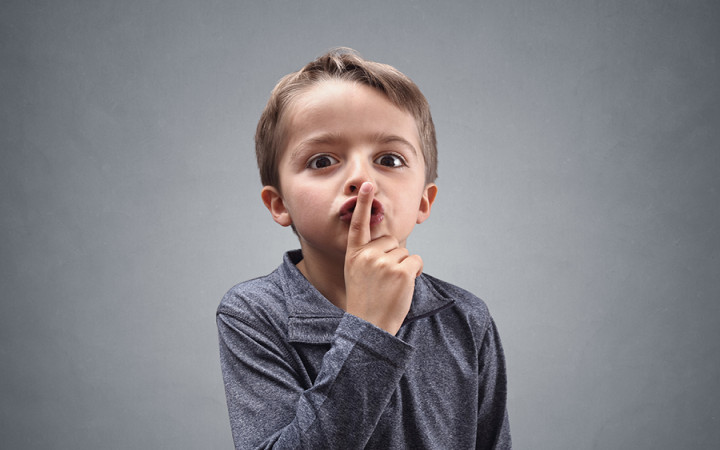Today’s Wonder of the Day was inspired by Pitso. Pitso Wonders, “What is non verbal communication? ” Thanks for WONDERing with us, Pitso!
"Are you ready?" you ask, as you pull the swing back as far as it will go. Your friend sticks out his fist with his thumb pointed upwards. "OK, here goes!" you yell, as you release the swing and your friend begins to swing back and forth through the air.
When he's finished swinging, you rub your hand in circles on your tummy while you stare at him with your eyebrows raised. "Yes!" he shouts. "I'm starved." "How about some broccoli?" you ask. "Oh, broccoli is my favorite," your friend says, as he rolls his eyes and sticks out his tongue. You laugh and say, "Alright, we'll have hot dogs instead."
Were you able to follow the gist of the communications that took place between you and your friend? The spoken words were obviously easy to comprehend. But what about the thumbs up, the tummy rub, the raised eyebrows, the eye roll, and the tongue sticking out?
These are all examples of nonverbal communication. They effectively communicated messages without using words. Some common types of nonverbal communication include your facial expressions, the tone of your voice, your eye movements, hand gestures, and touching. They can even include more subtle types of communication based upon your dress, posture, and the distance between people or objects.
We often focus on words when we think about communication. However, our words are only one of the means we have to communicate effectively. Nonverbal communication can be equally important — or even more important than — verbal communication. Even silence — the total absence of words — can speak volumes in the right context!
In fact, experts believe that if you're faced with a conflict between what someone says and their nonverbal communication, you should trust the nonverbal communication more than the words that were spoken. Why?
We can easily turn our verbal communication on and off, but it's much harder to manipulate our nonverbal communication. Most people don't seek to deceive people with nonverbal communication. Instead, they use words to deceive. If a person's words don't match their actions, experts say to trust their nonverbal communication, since it tends to be more honest and trustworthy.
Let's take a closer look at some common types of nonverbal communication and how they're used. Hand gestures, for example, can be used to reinforce verbal communication. If you tell someone to go north, pointing in the correct direction might communicate the direction more effectively than the word "north."
Maintaining eye contact with someone while you're speaking conveys interest. Likewise, if someone is speaking to you and you look away, your lack of eye contact might tell them you're not interested in what they're saying.
Facial expressions can add a lot to your verbal communications. In fact, they can both reinforce and contradict what your words might say. When your friend says he loves broccoli while he rolls his eyes and sticks out his tongue, you know he's being sarcastic.
Even as you speak words, your voice can add to the meaning of the words. Your volume and tone, for example, can indicate excitement or boredom, regardless of the words you're speaking.
Finally, your posture can even communicate how you feel loud and clear no matter what your words say. If you're asked if you're ready to go and you say, "Yes," your posture can communicate whether your answer is really "yes" (bouncing up and down) or may instead really be "no" (arms crossed and slouching).





